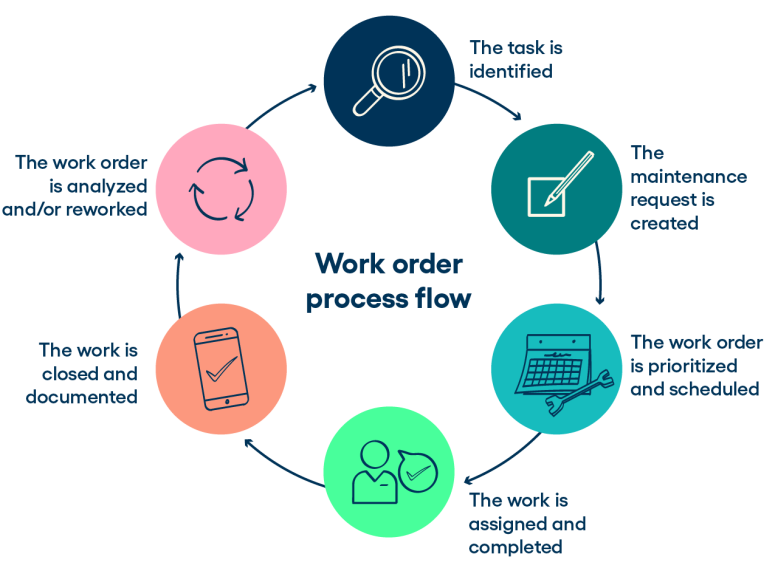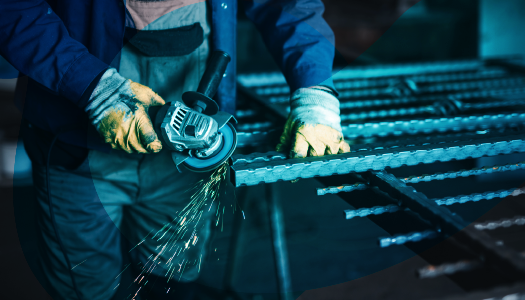How to Level Up Work Order Management in Manufacturing

Effective and efficient work order management is key to the success of any manufacturing organization. Often, work orders require many different labor resources, inventory spare parts, and equipment availability to be completed.
Manufacturers who can prioritize these needs and identify gaps can create higher levels of productivity and maximize the efficiency of their teams.
In this post, I’ll explain ways you can level up your work order management, discuss criteria to consider when choosing a work order management system, and show why a good CMMS can help make the process easier.
Responsibility vs Accountability
A clear understanding of the hierarchy within a maintenance department is vital for successful work order management. Maintenance and facilities managers are responsible for ensuring the work order management process can run efficiently.
In contrast, maintenance supervisors, planners, and inventory parts coordinators are accountable for its effective execution. This distinction is important and helps foster accountability among teams in ensuring that every work order is handled properly.
At the end of the day, your work order management system should be well-structured, user friendly, and easily accessible to all necessary stakeholders within your organization.
Key Criteria for an Effective Work Order Management System
Safety and quality: Equipment that is unsafe to operate or affecting product quality should always be treated as the highest priority.
Equipment repair: Repairs that directly impact production throughput.
Emergency repairs: Urgent repairs needed to maintain equipment functionality until a permanent fix can be arranged.
Regulatory compliance: Timely scheduling of work orders related to environmental and sustainability compliance is essential.
Preventive maintenance: Schedule preventive work orders according to the established maintenance plan.
Contractor management: Plan for third-party contractor involvement well in advance to ensure timely availability of parts and materials.
Labor resource planning: Allocate labor based on individual skills and knowledge to optimize performance.
Parts kitting: Prepare required parts for each work order in advance to minimize repair time.
Cost tracking: Monitor costs (parts and labor) for each work order to inform budgeting and forecasting.
Leveraging advanced features within your CMMS
Integrating advanced features within a CMMS can significantly improve your work order management system.
Features like a 3-way match (purchase orders, invoices, and receipts), contractor management, asset hierarchy list, parts inventory tracking, and a criticality matrix can greatly streamline your operations.
Using data and analytics to set key performance indicators (KPIs) can help measure the performance of your work order management system. Some relevant KPIs for manufacturers include:
Work order backlog
PM work completion
Maintenance cost variance (parts, labor)
Overall equipment effectiveness (OEE)
Reactive vs preventive work orders
Equipment downtime
By diligently tracking these KPIs, manufacturers can take corrective actions to enhance maintenance and maintain (or increase) efficiency.
Conclusion
An effective work order management system is vital for keeping all stakeholders updated on the current maintenance work log while improving overall productivity through data-driven decisions.
By understanding priorities, responsibilities, and leveraging technology, manufacturers can navigate the complexities of work order management and drive their organizations toward greater success.
If you’re interested in learning more, click here to register for my upcoming webinar “Master Data Planning: Manage Your Assets So They Don't Manage You” .




